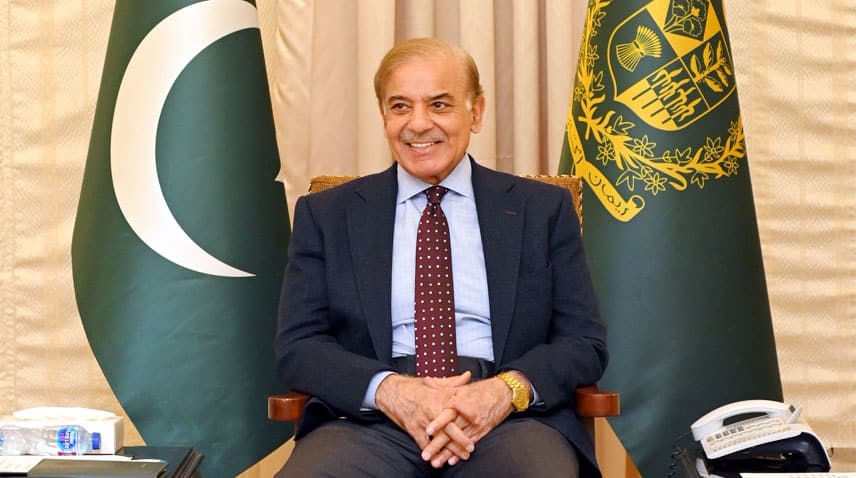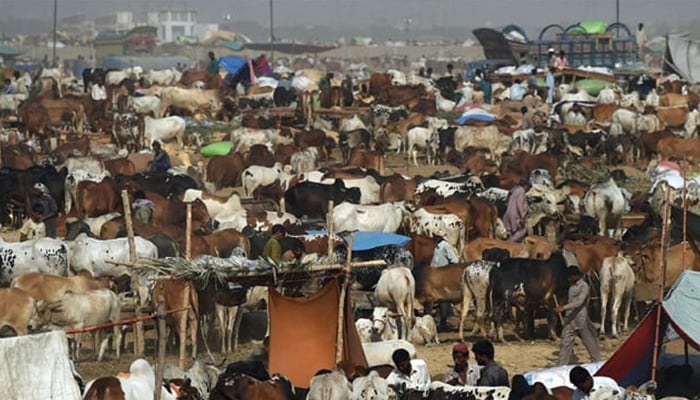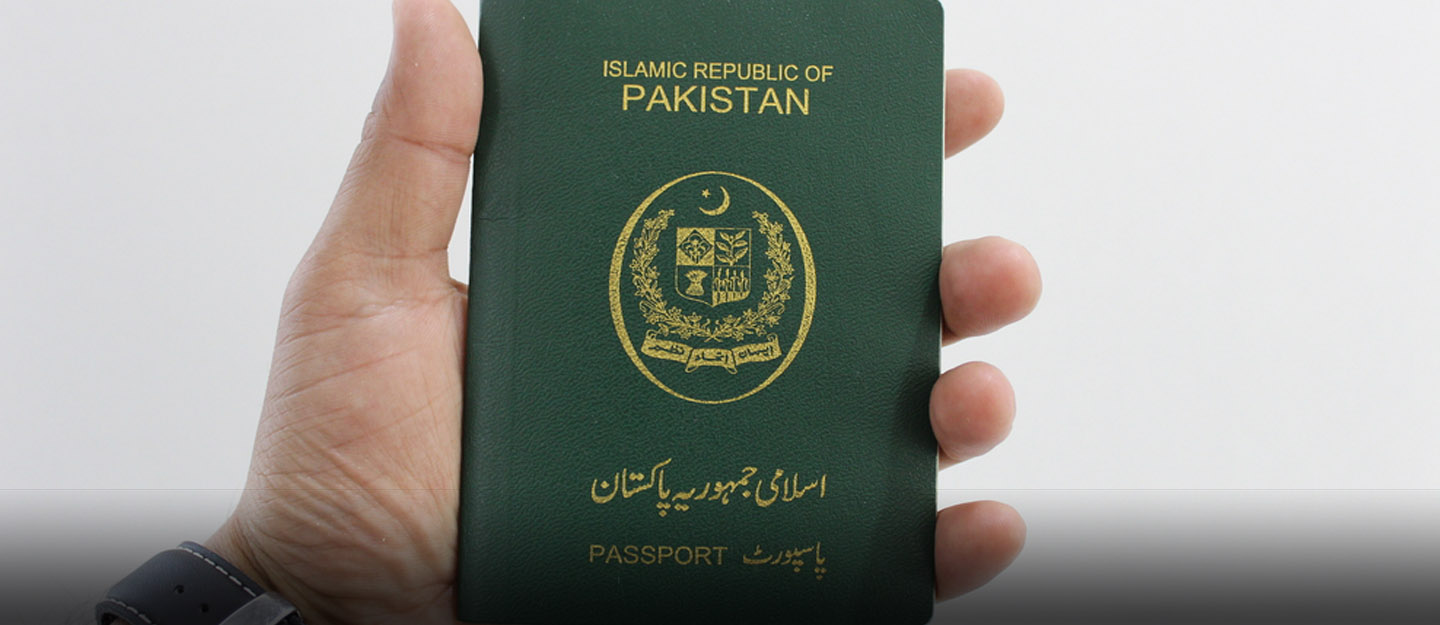Pakistan Achieves Economic Stability as Inflation Falls to 5 %
Prime Minister Shehbaz Sharif declared that Pakistan achieves economic stability as inflation falls to 5 % after months of turmoil. He cited falling inflation, lower interest rates, and steady macro indicators.
Shehbaz claimed that inflation dropped from nearly 30 % to 5 %, while interest rate fell to 11 %. He said this marks a shift from crisis to stability.
He also noted that the economy now shows signs of stability at the micro level — in households and markets.
Key Numbers & Turning Points
The claims include a reduction in inflation to 5 % and policy rate to 11 %. These numbers reflect strong monetary discipline and policy coordination.
Earlier, inflation hovered near 30 %, creating severe price pressures. The steep drop signals reversal of that trend.
The interest rate of 11 % now supports borrowing, investment, and credit growth in the economy.
These improvements hinge on tighter fiscal policy, reform momentum, and improved external support.
Government Claims & Statements
Finance Minister Ishaq Dar echoed the Prime Minister’s view. He said inflation fell from 30 % to 5 %. He called the achievement a hallmark of recovery.
Dar added that the government is determined to carry this momentum forward. He urged further reforms in taxation, public enterprises, and regulation.
Shehbaz also praised overseas Pakistanis. He said their remittances and contributions serve as a stabilizing force.
In Washington, he met President Trump and discussed economic, trade, and regional issues. He said the meeting would give fresh momentum to Pakistan–US relations.
Challenges Behind the Numbers
Despite optimism, analysts warn that such a dramatic drop is vulnerable to global shocks and local disruptions.
Food inflation, flood damage, supply chain stress, and energy costs remain risks. Critics may question the sustainability of low inflation if growth falters or spending rises.
Some observers say parts of the economy still remain under strain — informal sectors, SMEs, and debt burdens.
Structural Reforms & Rescue Measures
Part of the success narrative rests on reforms under the IMF and multilateral support. Pakistan secured a $7 billion IMF program, which conditioned fiscal discipline and corrective measures.
The government is also pushing its “Uraan Pakistan” five-year transformation plan to restructure growth, exports, energy, and technology sectors.
It aims to modernize Pakistan’s economy with better infrastructure, digital transformation, and export orientation.
The Finance Ministry also claims progress in stabilizing the current account, improving credit ratings, and narrowing deficits.
Market & External Reaction
Capital markets responded positively. Share indices rose on renewed investor confidence.
Foreign analysts saw the trend as a vote of confidence in Pakistan’s reform path. Some raised their outlooks or revised forecasts.
Credit agencies may take note of the improved inflation and interest climate. Some observers expect upward rating revisions.
However, markets will closely watch inflation persistence, fiscal discipline, and external balances.
What the Public Experiences Now
Lower inflation means slower price rises for essentials. Households dealing with food and energy prices now feel relief.
Interest rate cuts could reduce borrowing costs on loans and mortgages.
If reforms sustain, investors may see better job prospects and business conditions.
Yet, many will wait to see whether these gains last or fade under shocks.
Outlook & Risks Ahead
Maintaining inflation at 5 % will require vigilance. Any reversal in global commodity prices or currency shifts could drag inflation up.
Fiscal slippages and subsidy pressures may strain budgets. The government must resist expansionary temptations.
Monetary policy must stay consistent, not reactive. Sudden rate changes risk volatility.
Growth must also recover to justify stability. Without rising output and investment, the gains may feel shallow.
Conclusion
Pakistan claims a major milestone: Pakistan achieves economic stability as inflation falls to 5 % under Prime Minister Shehbaz Sharif. The narrative of crisis turning to stability now dominates official discourse.
The government will need to protect this gain through structural reforms, discipline, and resilient policies. If it succeeds, the country may shift from volatility to steady growth. But the test is ahead — sustaining and institutionalizing this new stability.







